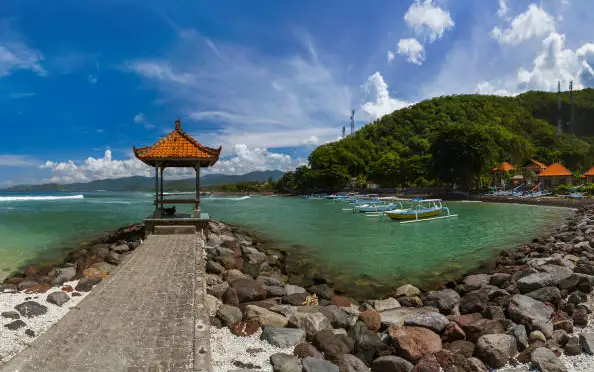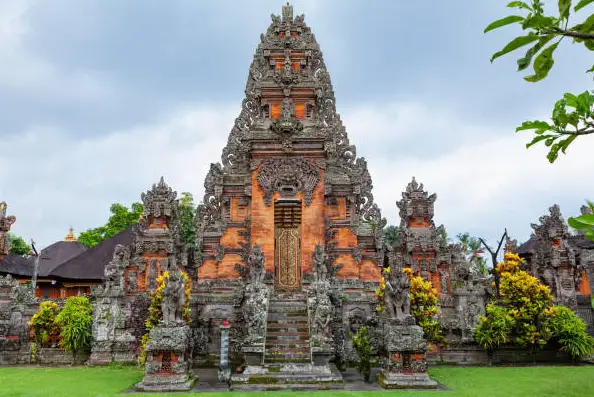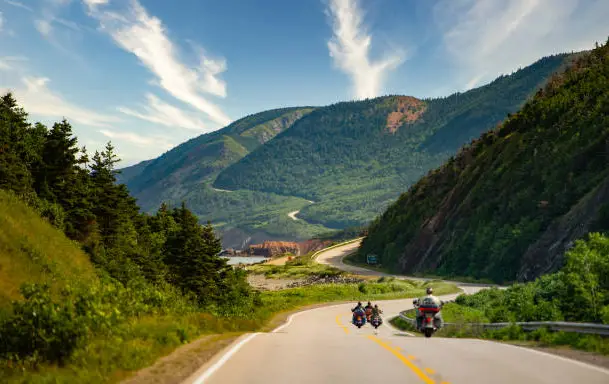What are the photography guidelines at historical and cultural sites?
Post ByAdequate Travel
Summary
Photography is an important tool for capturing and preserving unique and irreplaceable images of historical and cultural sites. In order to protect the integrity of these sites while still allowing visitors to enjoy stunning photos, many museums and other sites have implemented photography guidelines. In this blog, we will discuss how these guidelines hone in on specific aspects of photography in order to protect these important sites. Stay informed about any travel restrictions or travel rules in place, as they may vary depending on your destination within the country.Photography Guidelines at Historical and Cultural Sites
When visiting historical and cultural sites, it is important to follow certain guidelines regarding photography to ensure the preservation of these sites and respect for their cultural significance. Some common guidelines include:
1. Respect Site-Specific Rules
Each historical and cultural site may have its own specific rules regarding photography. It is essential to be aware of and adhere to these rules. For example:
- In some religious or sacred sites, photography may be restricted or prohibited.
- Flash photography might be banned in areas with delicate artifacts to prevent damage.
- Specific areas or exhibits may require special permission or permits to be photographed.
2. Observe No-Touch Policies
Most historical and cultural sites have a strict policy against touching artifacts or structures. This policy also applies to photography. Avoid touching any delicate or culturally significant objects while taking pictures.
3. Use Tripods and Stabilization With Caution
While tripods and other stabilization equipment can be useful for capturing clear and steady shots, they may not always be permitted within historical sites to avoid overcrowding or potential damage to the site. Check if tripods are allowed or consider alternative handheld stabilization methods.
4. Be Mindful of Other Visitors
When taking photographs, be considerate of other visitors. Avoid blocking pathways or exhibits, and be aware of your surroundings. Use your camera discreetly when appropriate to minimize disruption to others.
5. Ask Before Photographing People
If you wish to photograph people at historical or cultural sites, especially locals or individuals involved in traditional activities, it is respectful to request their permission beforehand. Be mindful of cultural sensitivities and privacy concerns, and respect their decision if they decline.
6. Avoid using Drones
Many historical and cultural sites have restrictions on using drones to protect the integrity and tranquility of the location. Check the specific regulations and avoid flying drones without proper authorization.
7. Do Not Alter or Deface the Site
Never attempt to alter or deface any historical or cultural site for the sake of photography. This includes moving or rearranging objects, removing signs, or climbing onto structures. Preserve the site's authenticity and show respect for its historical and cultural value.
Remember, it is always a good practice to familiarize yourself with the specific photography guidelines of each historical or cultural site you plan to visit before capturing any images.As you prepare for your journey, familiarize yourself with the specific entry requirements, including any necessary visas or documentation.Suggested Questions
- Debre Berhan Selassie Church, Ankober: Horror Story, History & Paranomial Activities
- Gheralta Lodge, Tigray: Horror Story, History & Paranomial Activities
- Melka Kunture Prehistoric Site, Oromia Region: Horror Story, History & Paranomial Activities
- Bole Road, Addis Ababa: Horror Story, History & Paranomial Activities
- Debre Sina Monastery, Amhara Region: Horror Story, History & Paranomial Activities
- Lake Basaka, Oromia Region: Horror Story, History & Paranomial Activities







